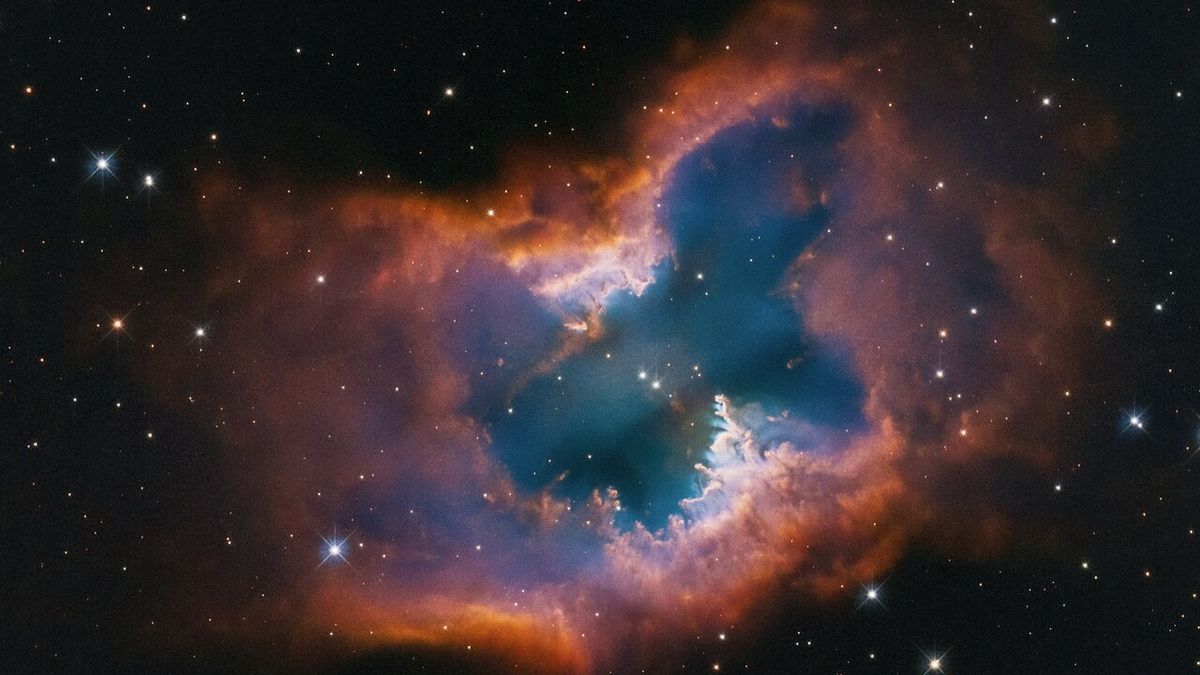ARTICLE AD BOX
 The Long March 6A to launch the Shiyan-27 (01-06) satellites on the pad at Taiyuan spaceport. Credit: Ourspace
The Long March 6A to launch the Shiyan-27 (01-06) satellites on the pad at Taiyuan spaceport. Credit: Ourspace
HELSINKI — China sent six experimental Shiyan series satellites into orbit late Friday Eastern, using its Long March 6A rocket launched from Taiyuan.
The Long March 6A rocket lifted off at 6:51 p.m. Eastern (2251 UTC) April 18 from Taiyuan Satellite Launch Center, northern China. The state-owned Shanghai Academy of Spaceflight Technology (SAST) announced launch success, revealing the payloads to be Shiyan-27 (01-06).
SAST provided no images nor details of the satellites, instead stating that they are mainly used for space environment detection and related technical tests. This general description is typical of the Shiyan series, which is considered by some Western analysts to be used for piloting new technologies, playing a role in the earlier stages of developing space systems. This could be somewhat analogous to the U.S. military’s use of USA-designated satellites for classified technology demonstrations.
U.S. Space Force cataloged the satellites in 1,000 by 1,010-kilometer-altitude orbits inclined 99.7 degrees, while the upper stage was left in an 834 by 990 km orbit.
Many Shiyan satellites operate in low Earth or near-polar orbits, though a number have headed to geosynchronous orbits, including the possible inspector satellites Shiyan12-01 and 02. Shiyan-10 satellites, meanwhile, entered Molniya orbits.
The 50-meter-long, 530-metric-ton Long March 6A, developed by SAST, is the first and so far only Chinese launcher to bundle a liquid propellant core stage with solid propellant side boosters. It is capable of launching 4,500 kilograms of payload to a 700-kilometer sun-synchronous orbit. It has a dedicated pad at Taiyuan spaceport.
The rocket has now flown 11 times, having had its debut flight in March 2022. All launches have been successful, though some of the upper stages disintegrated in orbit, creating debris. The Long March 6A upper stage is one of the first Chinese kerosene-liquid oxygen upper stages.
SAST states that Friday’s launch was the first time the Long March 6A used “multi-satellite wall-mounted deployment.” indicating that satellites were mounted around a central load-bearing structure, rather than being stacked vertically. This approach brought increased challenges in terms of satellite-rocket integration, according to SAST.
The launch was China’s 20th orbital launch attempt of 2025. It follows the launch of the classified TJS-17 satellite via a Long March 3B from Xichang, April 10. Slingshot Aerospace has since detected a likely apogee kick motor near geostationary orbit, following a similar profile to the earlier TJS-15 launch.
🚨 Slingshot Orbital Alert: New Activity from Chinese TJS-17 Satellite in GEO 🚨
Overnight, Slingshot Aerospace observed a significant event in geostationary orbit (GEO): an object we assess to be TJS-17, a Chinese satellite, has released a secondary object.
In the below video,… pic.twitter.com/2psNp8PGAM
China is also preparing to launch the Shenzhou-20 crewed mission via a Long March 2F rocket from Jiuquan Satellite Launch Center, northwest China, next week. The six-month-long mission will be followed by Shenzhou-21 late in the year.
Another major mission will see the launch of the Tianwen-2 near-Earth asteroid sample return and main belt comet rendezvous mission. That mission is expected to launch from Xichang in May.

Andrew Jones covers China's space industry for SpaceNews. Andrew has previously lived in China and reported from major space conferences there. Based in Helsinki, Finland, he has written for National Geographic, New Scientist, Smithsonian Magazine, Sky... More by Andrew Jones

 5 days ago
11
5 days ago
11








 English (US) ·
English (US) ·